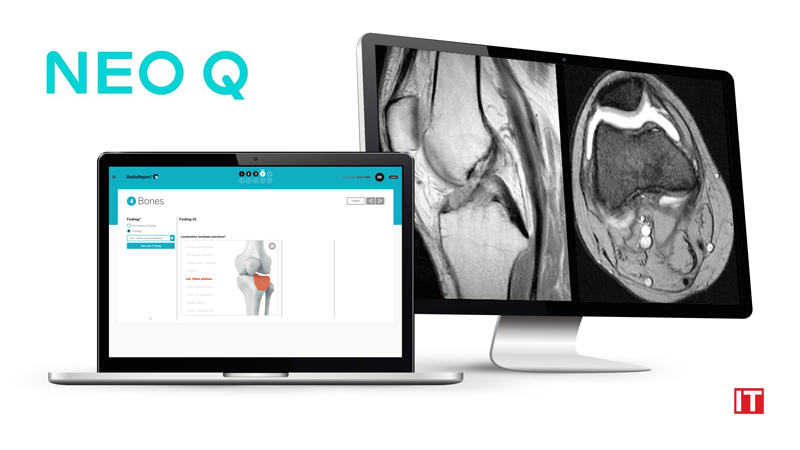RadioReport®, the innovative software for reporting radiological findings, is now available for radiologists in the USA. Several German practices and clinics are already using RadioReport®. This software automatically generates structured reports in the areas of magnetic resonance imaging (MRI) and computed tomography (CT). The developers, German company
Also Read: Inspiritol Effective In COVID-19, Long-COVID And ME/CFS Patients
RadioReport® is the only reporting software worldwide that uses a completely systematized process to guide radiologists all the way to the final report. This involves answering specific questions using checkboxes and selection tools with the click of a mouse – completely without free text.
The result is a high-quality, comprehensive report contains all the relevant information, using short, clear sentences. For doctors and patients, this represents an important milestone, as studies have shown that more than 40 percent of dictated reports contain errors. The software not only ensures high-quality reports, but also faster ones. After conducting individual field tests in pilot setups, Neo Q has found that a skilled radiologist is able to complete a report of, for example, a breast MRI examination in an average of ten minutes when using RadioReport®. The average time required using conventional methods is 35 minutes. As a result of the significant reduction in time, there are significant cost advantages for clinics and radiology practices.
In line with clinical practice: anatomy instead of pathology
In contrast to other methods of digital reporting, RadioReport® does not work with templates that cover individual clinical findings, but with 23 complete modules. Based on the anatomy or the examined area of the body, these modules cover the entire spectrum of MRI/CT indications. “Radiologists assess an examination region holistically, because it is not uncommon for multiple diseases to be present. The approach via templates is rigid and cannot adequately reflect this complexity,” says Prof. Alexander Huppertz, renowned radiologist with many years of experience, CEO and co-founder of the company.

































